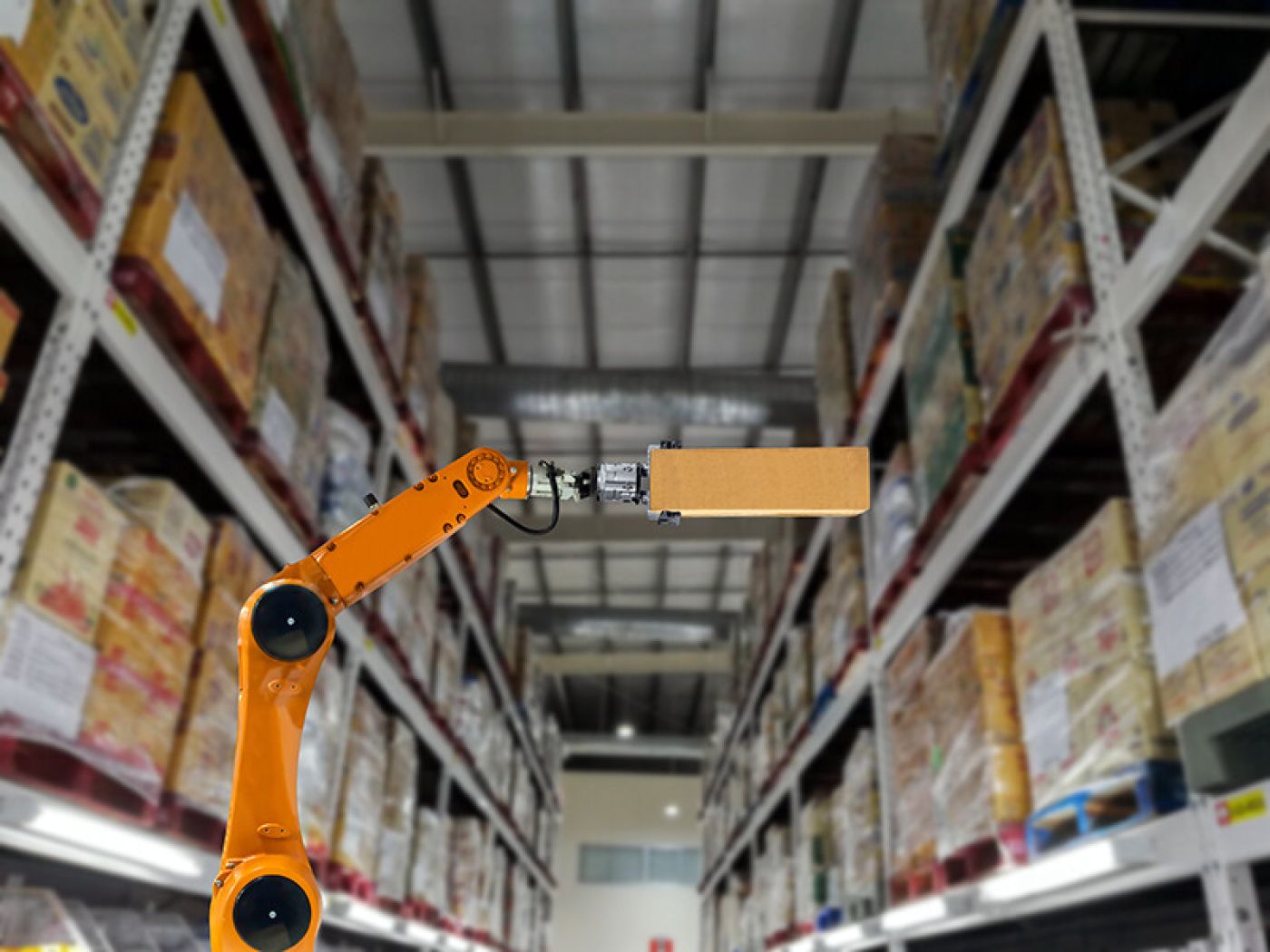LOGISTICS ROBOTS

We often hear talk of how robots will increasingly change our workplaces, eliminating certain jobs with low added value while also incorporating artificial intelligence to improve processes. In this article we want to provide some examples so that we begin to familiarise ourselves with these automated logistics environments:
- Robots to move pallets from one place to another (an intralogistics solution). One example is offered by the brand Mobile Industrial Robots (MiR). For instance, one of these robots has a lifting capacity of up to 1000 kg and can move around in highly dynamic environments, travelling safely between people and obstacles. This range of robots learn as they work and acquire artificial intelligence capabilities, as they are able to distinguish between humans, forklifts and other obstacles, reacting with increasing efficiency. The robots also have 3D vision that works through sensors, meaning they have 360-degree perception of pallets and other objects that might get in their way. They are also capable of detecting the most efficient route.
- Mechanical arms such as the one made by the QUANTEC brand, developed by KUKA Robotics. The QUANTEC robotic arms serve to automate the palletising, packaging, picking and placing of materials, among other processes. A robot with a smaller frame that is flexible and can be easily adapted, allowing companies to be more efficient and to work faster.
- Collaborative robots, which work alongside the operator to speed up the work and improve productivity. One example is the Chuck robot, which can perform the picking process. It is a vehicular system that uses “machine learning” to guide the logistics operators efficiently through the warehouse with the aim of minimising their walkabouts and allowing them to concentrate fully on the most important logistical tasks rather than the repetitive ones. As such, systems like Chuck are known as “cobots” (collaborative robots) because, even though they don’t depend on a human to work, the processes are performed between the two, in a collaborative working practice. In the case of Chuck, this industrial robot uses latest-generation sensors that allow it to work on a number of processes, including storage, picking, counting, restocking and goods classification.
https://6river.com/meet-chuck/
Current research shows that 80% of warehouses still work with a completely manual logistics method, with no automated support. The three examples shown here might inspire you to start thinking about automating your warehouses. Nordlogway advises its clients on how to automate their processes in order to maximise efficiency and productivity.
Sources:
https://logistica.cdecomunicacion.es/noticias/proveedores/32680/sil-2019-robots-de-ultima-generacion-con-inteligencia-artificial
https://www.ilogistica.es/el-uso-de-robots-en-logistica/
https://www.beetrack.com/es/blog/robotica-industrial-logistica
https://6river.com/meet-chuck/
https://www.kuka.com/es-es/productos-servicios/sistemas-de-robot/robot-industrial/kr-quantec
